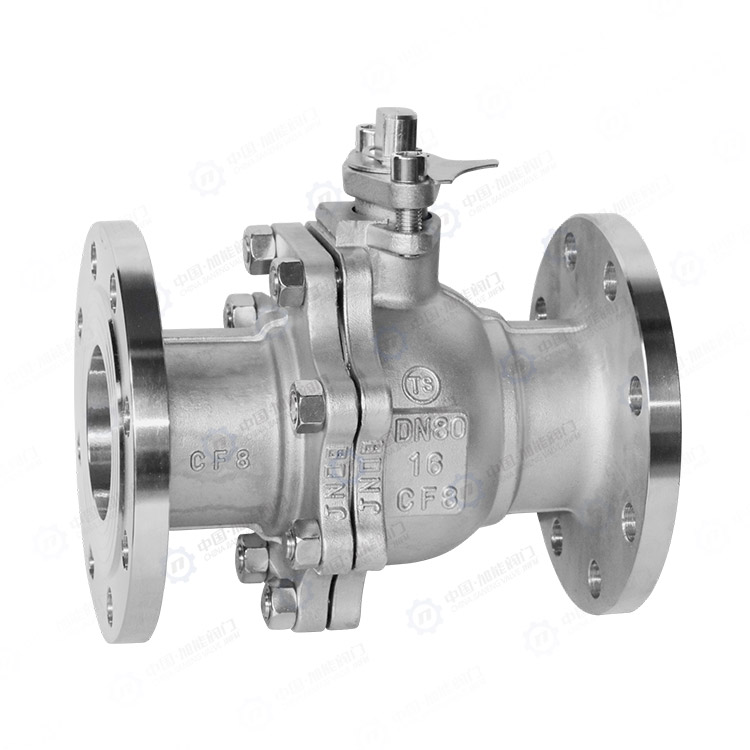News


Ball valves and butterfly valves have significant differences in many aspects. The following are the main differences between them:
I. Structure and Working Principle
Ball valve
Structure: It is composed of components such as the valve body, valve core (ball), and valve stem. The ball is driven by the valve stem and rotates around the axis of the ball valve, thereby controlling the on-off of the fluid.
Working principle: The flow of the pipeline is cut off by blocking the channel with a sphere. The sphere can be fully opened or fully closed by rotating 90 degrees, and the operation is simple and fast.
Butterfly valve
Structure: It is composed of valve body, valve seat, valve plate (butterfly plate), valve stem and other components. The valve plate (butterfly plate) is disc-shaped and rotates around the valve shaft to achieve the purpose of opening and closing.
Working principle: The flow or cut-off of the fluid medium is controlled by the swing of the valve disc (butterfly plate) in the valve body. When the valve disc closes, the fluid medium is cut off. When the valve disc opens, the fluid medium flows freely.
Ii. Performance Characteristics
Ball valve
Low fluid resistance: Its resistance coefficient is equal to that of a pipe section of the same length, which is conducive to reducing the energy loss of the fluid medium.
Good sealing performance: The sealing surface material between the ball and the valve seat widely uses materials with good sealing properties such as plastic to ensure a tight and reliable seal.
Easy operation: It opens and closes quickly. It only needs to be rotated 90° from fully open to fully closed, which is convenient for remote control.
Wide application range: It can be used for the regulation and control of fluids, especially suitable for occasions containing fibers, fine solid particles and other media.
Butterfly valve
Simple structure, small size and light weight: Easy to install and move, suitable for various installation scenarios.
Low fluid resistance: The flow channel is unobstructed, resulting in relatively low fluid resistance.
Easy operation: It can be easily turned on and off by manual or electric means.
Long service life: With fewer sealing parts and good wear resistance, the service life of the valve is prolonged.
Wide application range: It can be used to control the flow of various types of fluids such as air, water, steam, and various corrosive media.
Iii. Application Scenarios
Ball valves: They are widely used in industries such as petroleum, natural gas, chemical engineering, and power, and are particularly suitable for applications that require rapid opening and closing and frequent operations.
Butterfly valves: They are widely used in various fields such as industry, construction, water conservancy, and energy, and are particularly suitable for large-diameter pipelines and situations where flow regulation is required.
To sum up, ball valves and butterfly valves have obvious differences in structure and working principle, performance characteristics, and application scenarios. When choosing valves, the appropriate type of valve should be selected based on the specific usage environment and requirements.
